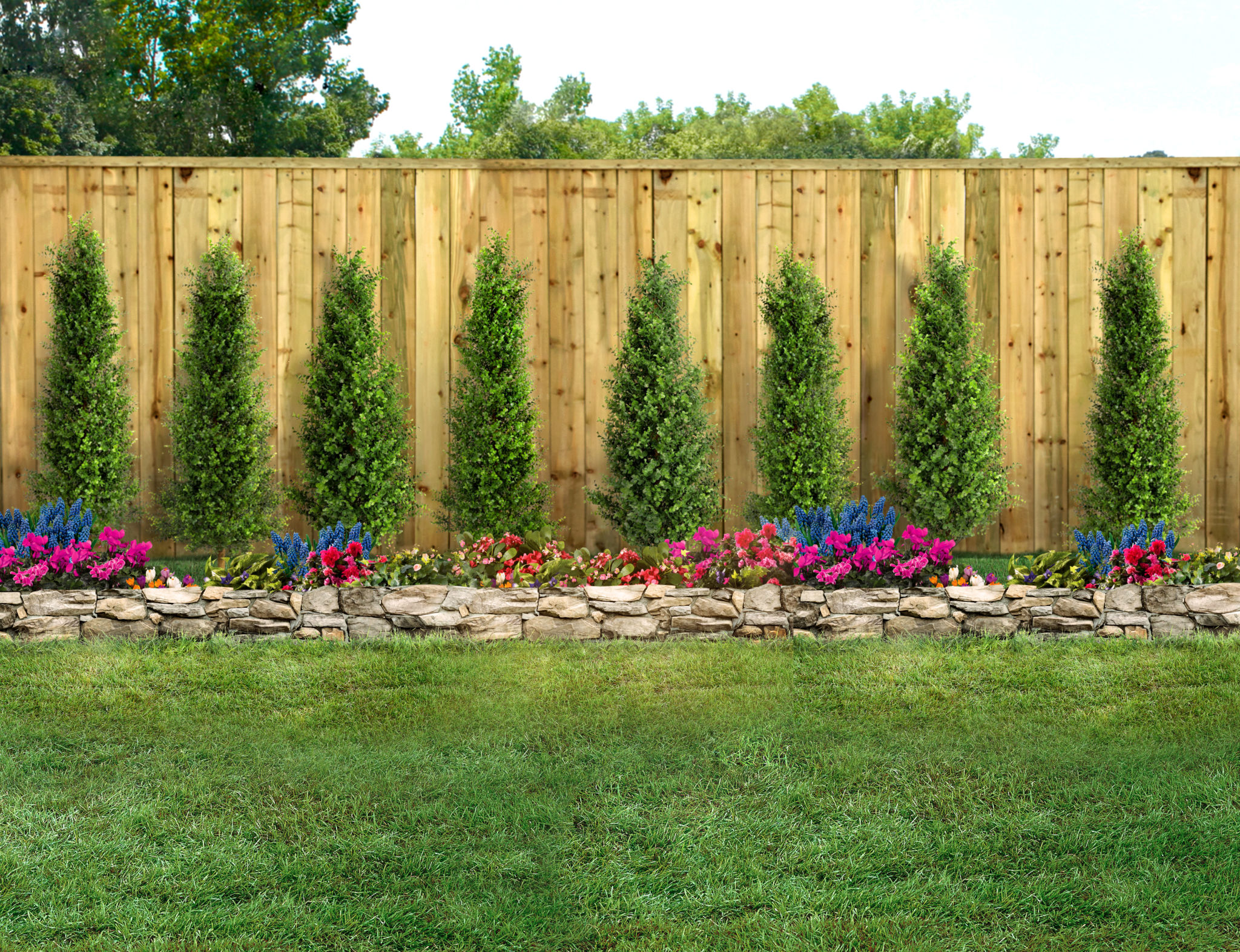Air Purifying Plants vs. Air Filters: Which is Best for Your Home?
Understanding Air Purifying Plants
Air purifying plants have gained popularity for their natural ability to cleanse the air in our homes. These plants are not only aesthetically pleasing but also provide a range of health benefits. Certain species of plants can remove toxins such as benzene, formaldehyde, and trichloroethylene from the air, contributing to a healthier living environment.
Some popular air purifying plants include:
- Spider Plant
- Peace Lily
- Bamboo Palm
- Snake Plant

The Benefits of Air Filters
While air purifying plants offer natural solutions, air filters provide a technological approach to improving indoor air quality. Air filters work by trapping particles like dust, pollen, and pet dander, making them an effective choice for those with allergies. Most air filters are equipped with HEPA technology, which can capture up to 99.97% of airborne particles.
Air filters vary in type and functionality. Here are some common types:
- HEPA Filters
- Ionic Filters
- Carbon Filters

Comparing Maintenance and Cost
When deciding between air purifying plants and air filters, maintenance and cost are critical factors to consider. Plants require regular watering, trimming, and occasional repotting. Additionally, they may need specific lighting conditions to thrive. In contrast, air filters require filter replacements every few months, depending on the model and usage.
The cost of maintaining air purifying plants is relatively low compared to the initial investment and ongoing expenses of purchasing and maintaining an air filter system. However, for larger spaces or homes with significant air quality issues, an air filter might be a more effective solution.

Environmental Impact
Air purifying plants offer an eco-friendly solution without consuming electricity or producing noise. They can also enhance your home's natural environment by contributing to humidity and providing oxygen. On the other hand, air filters require energy to operate and contribute to carbon emissions, albeit minimal compared to other household appliances.
If sustainability is a primary concern, integrating a variety of air purifying plants can be a viable option. However, it's important to remember that plants alone may not fully address severe air quality problems.
Which Is Best for Your Home?
The choice between air purifying plants and air filters depends on your specific needs and preferences. If you're looking for a natural, low-maintenance option with added aesthetic value, air purifying plants may be ideal. They are particularly suitable for smaller spaces or homes with moderate air quality concerns.
For those dealing with allergies, respiratory issues, or high levels of pollutants, an air filter might be necessary to ensure optimal indoor air quality. Ultimately, a combination of both plants and filters could provide a balanced approach to maintaining a clean and healthy living environment.
In conclusion, consider your home's specific requirements and personal preferences when choosing between air purifying plants and air filters. By weighing the pros and cons of each option, you can create a healthier atmosphere that suits your lifestyle.